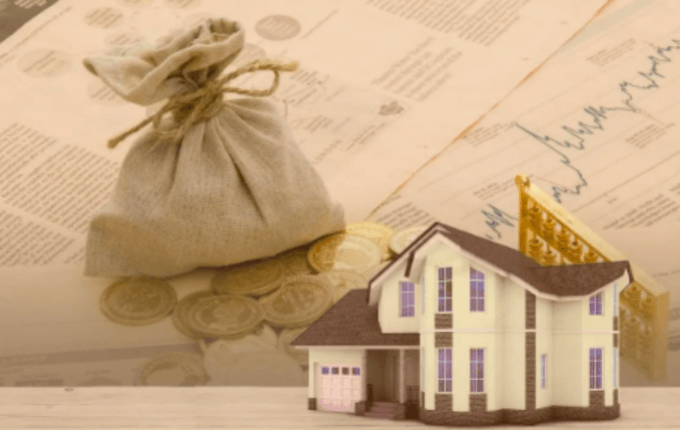Elaborate on mortgage details

When a person needs a loan, he often takes the form of a mortgage. A mortgage requires a mortgagor to use his real estate, such as a home or other physical asset, as a credit document. At present, valuable securities or contract terms can also be used as collateral. After the mortgagor completes the process, he receives a loan from the bank. His next task is to repay the bank's principal on time as stipulated in the contract. And because banks need profits. The mortgagor also pays a certain amount of interest. Finally, when the mortgagor pays off all the loans, the bank returns the collateral to the mortgagor.
A common mortgage is when the mortgagee gets a loan through the property, and the ownership does not transfer.
For an individual, if he needs to buy a house but can't pay the full amount, he can also take out a mortgage.
The mortgage method is simple, which can be divided into equal principal mortgage and equal principal interest mortgage.
As far as the first approach is concerned, let's give an example. A borrower is required to pay the same amount of principal to the bank each month after obtaining a mortgage. The amount of interest per month is based on the amount of principal remaining to be repaid. The borrower will pay less interest in the next month than in the previous month.
The second approach is harder to understand than the first.
Let's continue with an example. A borrower is required to split the principal over the monthly repayment period. The borrower is required to pay interest between the last day of each month and the next scheduled repayment date. Simply put, the borrower will pay more principal and interest in the first few months than in the next few months. After that, he will have less and less pressure to pay off his debt, because the amount of interest in the next month is smaller than the previous month.

In the next section, we will discuss the scenario of mortgage eligibility.
Generally, a borrower preparing a mortgage will apply to many institutions or banks for loans. These groups tend to value borrowers' ability to pay off all their debts. These groups check borrowers' creditworthiness, tax records, employment records and deposits.
After the loan application is approved, the borrower receives the loan at a certain rate of interest. The final confirmation process is the signing and conclusion of the transaction contract between the borrower and the lender.
Interest is the most important point for borrowers when it comes to loans with different interest rates. Every borrower hopes that the interest rate of the lender will be lower. For lenders, when the number of loans is relatively large, they often worry that the borrower cannot pay off all the debts. Therefore, the lender will adjust the interest rate to a certain height, making the borrower carefully consider whether to lend so much money.
To sum up, the above are some common ways and specific processes of mortgage loans.

(Writer:Dni)




